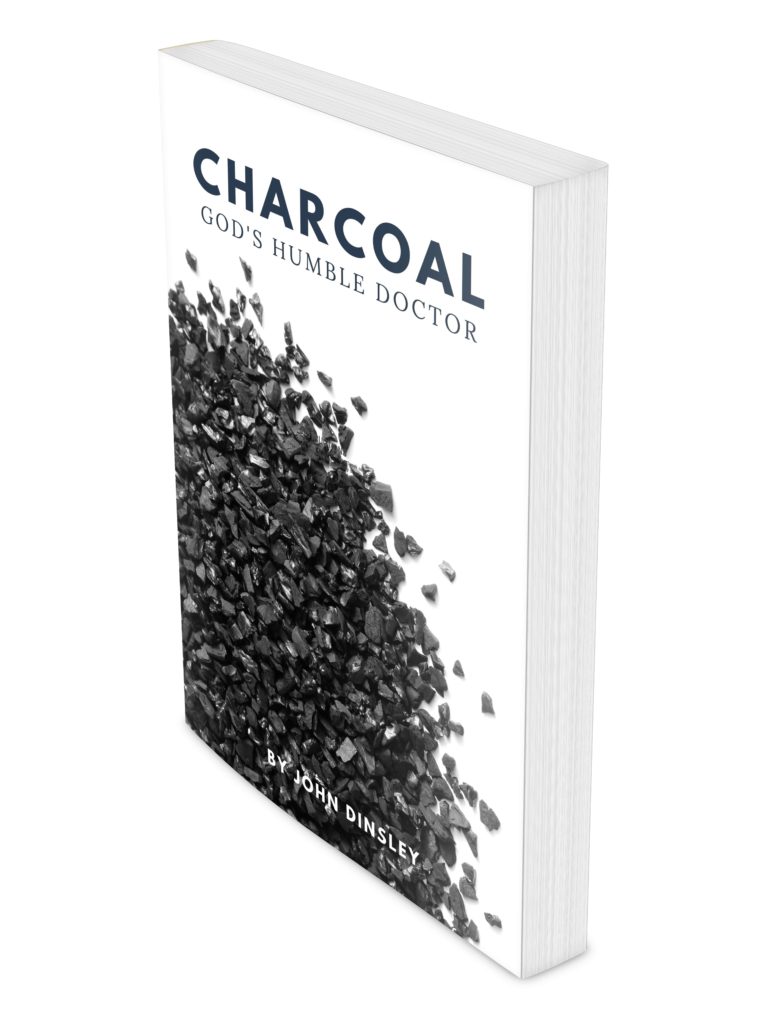Making Your Own Charcoal
The Art of Charcoal Making
“We want ours to burn good and slow,” said Young Billy. “If he burns fast he leaves nowt but ash. The slower the fire the better the charcoal.” Susan was watching carefully. “Why doesn’t it go out?” she asked. “Got too good a hold,” said Young Billy. “Once he’s got a good hold you can cover a fire up and the better you cover him the hotter he is and the slower he burns. But if you let him have plenty of air there’s no holding him.”Arthur Ransome
“Swallows & Amazons” 1930
“Char·coal” definition: a black or dark gray form of carbon, produced by heating wood or another organic substance in an enclosed space without air. (Encarta® World English Dictionary © 1999)
For thousands of years men have manufactured charcoal from all manner of trees, but experience taught them that the harder the wood the better the grade of charcoal. In the picture above, taken on the Isle of Crete, you can see one traditional method of charcoal making. Several piles of wood prepared for the next bonfire, a half-excavated charcoal pyre, and sacks filled with charcoal ready for sale, describe the age-old art of charcoal making. Great piles of wood are carefully arranged so that once the fire is set the heat that is generated slowly “bakes” the wood, boiling off the moisture, leaving behind the hard black crusted charcoal.
Today, charcoal is commonly produced from any number of materials including sawdust, bamboo, coconut shells, olive pits, pecan shells, besides hardwoods. In fact any organic material can be used to start with.
Con bought a copy of our book CharcoalRemedies.com and read a short description on how to make one’s own charcoal. He decided to adapt the procedure to what he had available – wood pallets*, the tub from an old washing machine, the top from a portable bar-b-que, a sack, a hammer, and a kitchen blender. Con sent us some pictures and consented to us posting them to inspire you to try making your very own “hand made” charcoal. Con writes:
“As the photos show, you need some type of fire pit. I found that the best hardwood is old pallets. They are seasoned, very dry, and burn very well. Also they don’t have any paint on them, and you can pick them up for free. You get a lot of charcoal for the small amount of wood. I break up several boards, get them burning good, then, when they are hot coals, I shovel them out on the ground with a flat shovel, cover them with the old top from a portable bar-b-que, and put sand around the bottom to make it air tight.
Then just let it sit in it’s own heat. Later when it is cold, I take the coals and put them in a cloth bag, lay them on a flat piece of cement, and gently pound the coals with the side of the hammer until they are small as peanuts. It just takes a few minutes.
Then I put a cup or two in the blender, and in a minute or so it’s a very fine powder.
I do all of this outside because the powder would be very messy in the house. I get about 4 liters (1 gallon) of coals from this process.”
Thanks Con.
How does it work? Con also shared some of his personal experience. You can read his story (“Fasting & Overweight“) on the Your Stories page.
*Some pallets are treated with fungicides (especially from foreign countries) or toxic chemicals such as arsenic. That is not always obvious unless there is a stamp somewhere on the pallet. If there is a concern, then choose unmarked pallets. But, when one considers the process and heat necessary to make charcoal, the concern for toxic residues is less of a issue. During the “cooking” of the wood, virtually all toxins are cooked off, and any toxic residues, such as arsenic, become adsorbed to the charcoal making them really a non-issue, since they will not be absorbed by the body if the charcoal is taken orally.









Previous
Next

John Dinsley
Born in British Columbia, Canada, John Dinsley has lived, and worked from South America to the North Pole, from Nova Scotia to Nepal. He is trained as a lifestyle counselor, teaches public health programs, home remedies workshops, and has operated a family care home. He and his wife Kimberly are the owners of Charcoal House LLC. They often travel together across the U.S. and internationally to conduct charcoal workshops. He is a carpenter by trade, has managed an organic market garden business, and volunteered in overseas development work. When he is not building, teaching or gardening, he enjoys writing.
Get your free ebook

